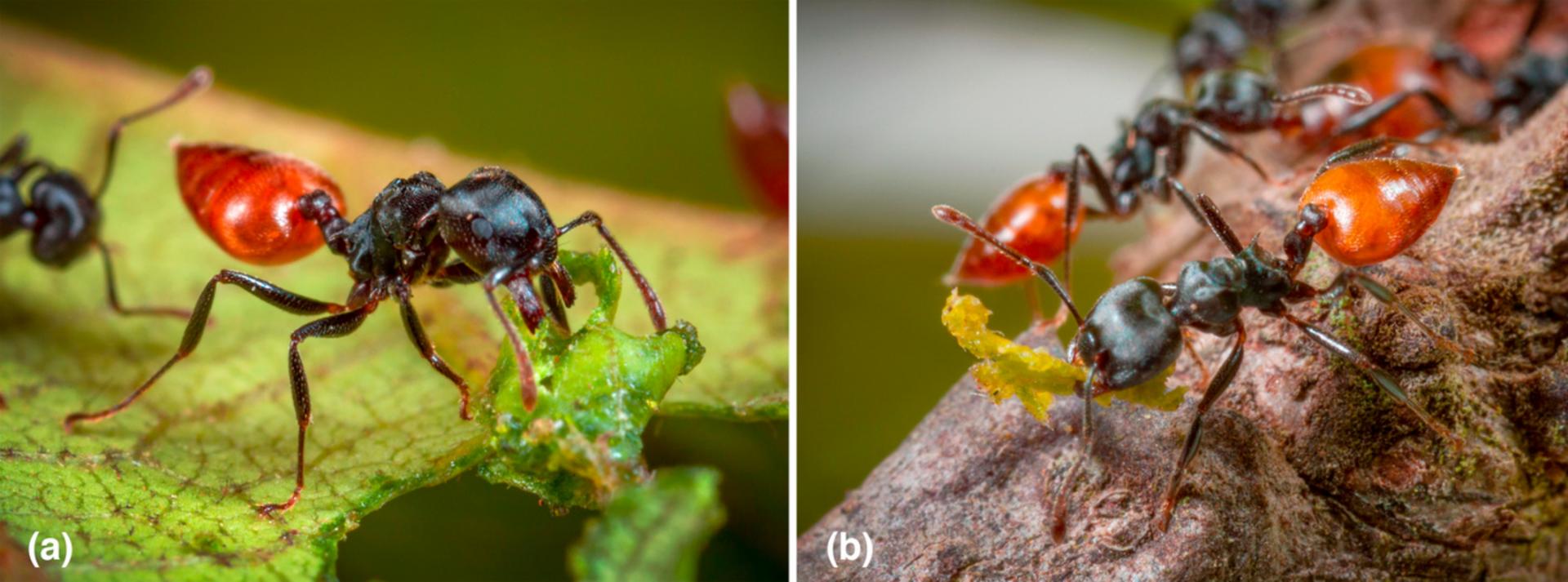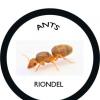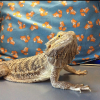Microbiologist here (who also keeps Atta)
This is a super neat study! However, I think the title is a bit deceptive. Their (quite limited) analysis of the fungi does not show any particularly dominant members -- meaning their is likely no/limited co-evolution between the ants and the fungi making this a very different relationship than Attines. If I am being critical, they hand-wave away any fungi they did not expect to see, though provide no real evidence that these detected fungi are in fact just spore contaminants like they claim. Even if you charitably allow that assumption, they further show a fairly diverse mixture of species that are still involved. I see no evidence of "intentional" fungus growing in the paper.
My best interpretation of this data is that these ants make their nest cartons out of plant material and then native/random fungi use the plant material as a substrate. One of the most amazing things about Attines (imo) is the fact that the fungi are coevolved with the ants, making them a single organism of sorts. The relationship demonstrated in the paper seems to be opportunistic fungi colonizing plant material collected by ants.
Anyway, still very very cool, I would just have liked to see better data for some of the claims they are making here




























